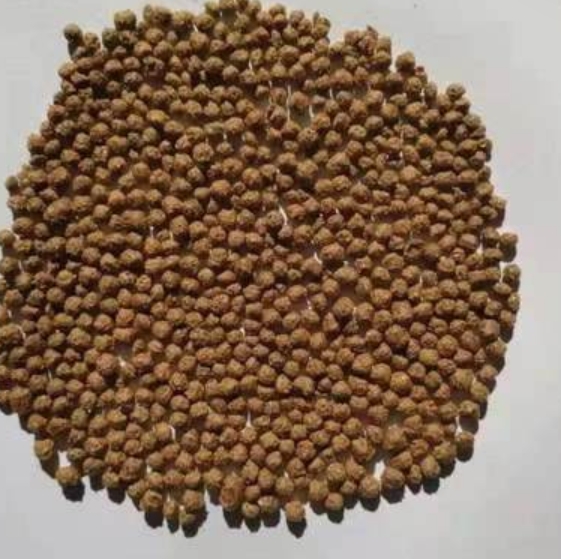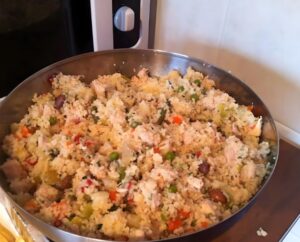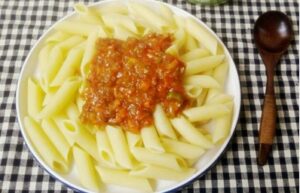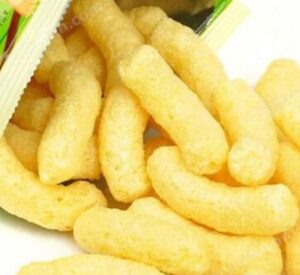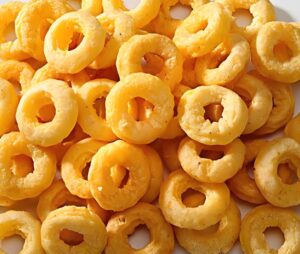Production and Application of Floating Fish Feed
Floating fish feed is a type of aquaculture feed designed to remain on the water’s surface, making it ideal for feeding species such as tilapia, catfish, and carp. Its buoyancy, nutritional composition, and ease of use have made it a popular choice in the fish farming industry. This article explores the production process and applications of floating fish feed.
1. Production of Floating Fish Feed
The production of floating fish feed involves several key steps, including ingredient selection, grinding, mixing, extrusion, drying, and packaging. Here’s a detailed overview:
1.1 Ingredient Selection
- Protein sources: Fishmeal, soybean meal, and other plant or animal proteins.
- Carbohydrates: Corn, wheat, rice bran, or other grains.
- Fats and oils: Fish oil, vegetable oil, or other lipid sources.
- Vitamins and minerals: Added to meet the nutritional requirements of the target fish species.
- Binders: Starch or other binding agents to improve pellet durability.
1.2 Grinding and Mixing
- Grinding: Raw materials are ground into a fine powder to ensure uniformity and improve digestibility.
- Mixing: The ground ingredients are thoroughly mixed to create a homogenous blend. Water or steam may be added to achieve the desired moisture content.
1.3 Extrusion
- Preconditioning: The mixture is preheated and moistened in a conditioner to prepare it for extrusion.
- Extrusion: The conditioned material is fed into a twin-screw or single-screw extruder. Under high temperature and pressure, the material is cooked and forced through a die to form pellets.
- Puffing: As the pellets exit the die, the sudden drop in pressure causes them to expand and become porous, giving them their floating property.
1.4 Drying and Cooling
- Drying: The extruded pellets are dried in a dryer to reduce moisture content and ensure stability.
- Cooling: The dried pellets are cooled to room temperature to prevent condensation during storage.
1.5 Coating and Packaging
- Coating: Pellets may be coated with oils, vitamins, or other additives to enhance nutritional value and palatability.
- Packaging: The final product is packed in moisture-proof bags to maintain quality during storage and transportation.
2. Applications of Floating Fish Feed
Floating fish feed is widely used in aquaculture due to its numerous advantages:
2.1 Ease of Feeding
- Visibility: The buoyancy of the feed allows farmers to observe feeding behavior and adjust the amount of feed accordingly.
- Reduced waste: Uneaten feed can be easily removed from the water surface, minimizing pollution and improving water quality.
2.2 Nutritional Benefits
- Balanced diet: Floating fish feed is formulated to meet the specific nutritional needs of different fish species, promoting healthy growth and development.
- Improved digestibility: The extrusion process enhances the digestibility of nutrients, leading to better feed conversion ratios (FCR).
2.3 Versatility
- Suitable for various species: Floating feed is ideal for omnivorous and herbivorous fish species that feed at the water surface.
- Adaptable to different farming systems: It can be used in ponds, cages, and tanks, making it a versatile option for fish farmers.
2.4 Economic Benefits
- Cost-effective: The efficient production process and reduced feed waste make floating fish feed an economical choice.
- Higher yields: Improved nutrition and feeding efficiency lead to faster growth rates and higher production yields.
3. Challenges and Considerations
While floating fish feed offers many benefits, there are some challenges to consider:
- Ingredient quality: The nutritional value of the feed depends on the quality of the raw materials used.
- Storage conditions: Proper storage is essential to prevent moisture absorption and mold growth.
- Species-specific formulations: Different fish species have unique dietary requirements, so feed formulations must be tailored accordingly.
4. Future Trends
- Sustainable ingredients: The use of alternative protein sources, such as insect meal or algae, to reduce reliance on fishmeal.
- Functional feeds: Incorporation of probiotics, prebiotics, or immunostimulants to enhance fish health and disease resistance.
- Automation: Integration of automated feeding systems to optimize feed distribution and reduce labor costs.
Conclusion
Floating fish feed plays a vital role in modern aquaculture, offering a convenient, nutritious, and cost-effective solution for fish farmers. By understanding the production process and applications, farmers can maximize the benefits of floating feed and contribute to sustainable aquaculture practices. As the industry continues to evolve, innovations in feed formulation and technology will further enhance the efficiency and sustainability of fish farming.

